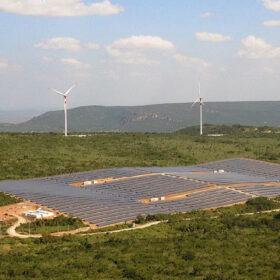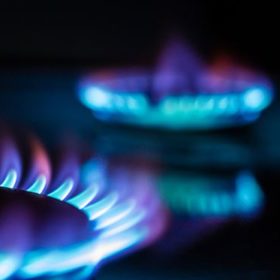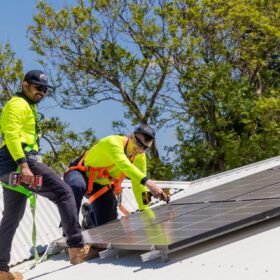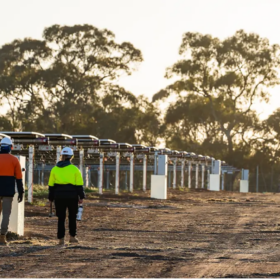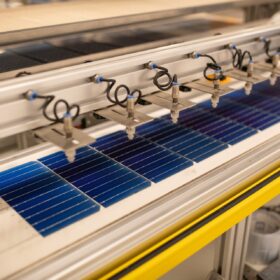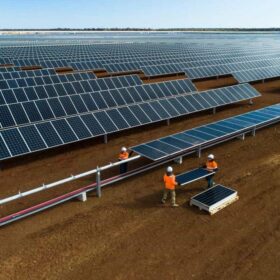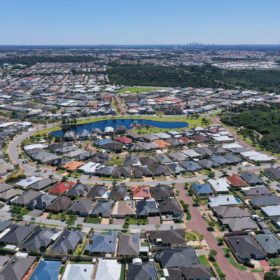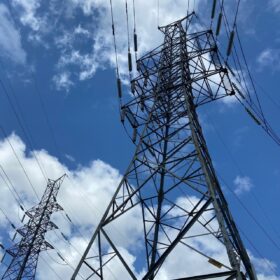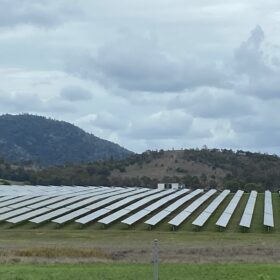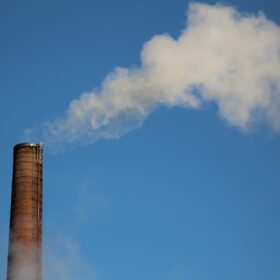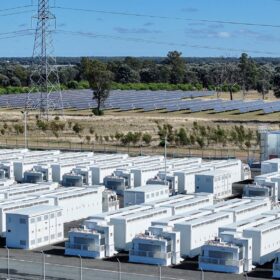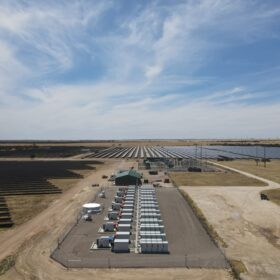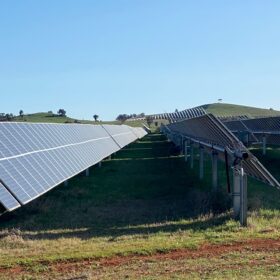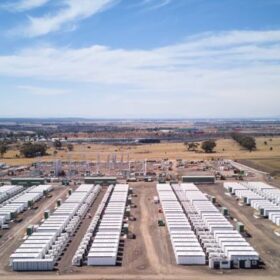Entering the renewables era
Following strong global solar installation figures in 2023, Alexa Capital co-founder and partner Gerard Reid sees enormous potential for a renewables revolution.
Eastern Australia gas demand fell in 2023 Q4, more declines to come
The Australian government’s new gas deal is designed to head off any supply shortages at the end of the decade. Yet, the latest data shows that gas consumption dropped 16% in the October to December quarter compared with the same period a year earlier due to warmer temperatures in Victoria and lower commercial and industrial demand.
Australia’s power future could be virtually guaranteed
The severe heatwave that moved across Australia in recent weeks, initially in Western Australia, Queensland and then New South Wales, highlights that it is only going to get tougher to maintain a secure, reliable electricity system as our climate warms and demand for energy continues to increase.
Navigating the renewable space in 2024: What lessons can EPCs and government learn from 2023?
The Engineering, Procurement, and Construction industry stands at the nexus of innovation and change in the renewable energy sector where tendering processes and project approval rates will become critical focal points for many firms and broader developers.
Time for a manufacturing renaissance, powered by renewables
With small policy adjustments, Australia can enjoy a manufacturing renaissance that delivers jobs, growth and emissions reductions.
Can Australia become a renewable energy superpower?
Australia has big plans for renewable energies. Its diplomacy has symbolised to the world that it is open to change, but further investment in grid and energy capabilities is still lacking.
As Australia’s net zero transition threatens to stall, rooftop solar could help provide the power we need
Distributed energy resources (DERs), sometimes called “consumer energy resources”, like rooftop PV and residential batteries, have a big role to play in Australia’s energy transition. This is even more true as major infrastructure faces challenges in winning community acceptance and gaining the required approvals. But how best to manage expanding DERs? A team of UNSW researchers including Anna Bruce, Baran Yildiz, Dani Alexander, and Mike Roberts set out the challenges and opportunities.
Barriers and solutions to Australia’s climate crisis
During the global COP28 conference, discussions led by Australia’s Climate Change and Energy Minister Chris Bowen once again centered on the need for greater urgency in delivering planned energy generation to accelerate the transition from fossil fuels to reach 2030 and 2050 clean energy targets.
Coal all but gone by 2034 under Australia’s latest energy roadmap
Australia’s coal power stations will all close in 2038 – five years earlier than previously expected – and variable renewable energy capacity will need to triple by 2030 and increase sevenfold by 2050.
COP28 agreement suggests days of fossil fuels are numbered – but climate catastrophe not yet averted
As negotiators stagger towards their beds in Dubai and another year’s climate talks come to a close, it’s time to take stock. Did COP28 achieve the big breakthrough the world needs on climate change?
